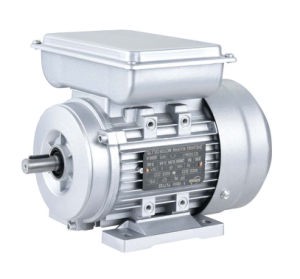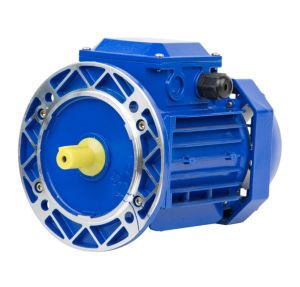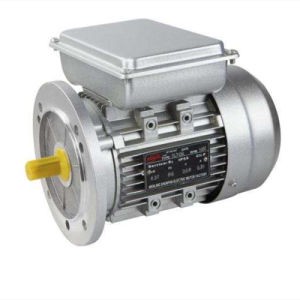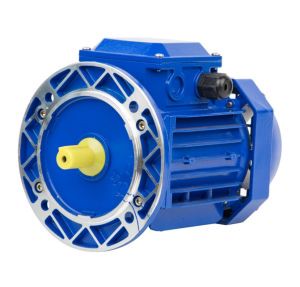Welcome!







CE Certified Energy Saving Helical Worm Gear Induction Motor
Product Description
The relative movement of an induction motor through the rotating magnetic field generated by the stator (its rotational speed is synchronous rotational speed n1) and the rotor winding. The rotor winding cuts the magnetic induction line to generate an induced electromotive force, thereby generating an induced current in the rotor winding. The induced current in the rotor winding interacts with the magnetic field to generate electromagnetic torque, causing the rotor to rotate. As the rotor speed gradually approaches the synchronous speed, the induced current gradually decreases, and the resulting electromagnetic torque also decreases accordingly. When the asynchronous motor operates in the motor state, the rotor speed is less than the synchronous speed. In order to describe the difference between rotor speed n and synchronous speed n1, a slip rate is introduced.

The three-phase asynchronous motor mainly consists of stator, rotor, and bearing. The stator mainly consists of an iron core, three-phase winding, frame, and end cover. The stator core is generally made of 0.35-0.5mm thick silicon steel sheets with an insulating layer on the surface and laminated. There are evenly distributed slots punched in the inner circle of the core to embed the stator winding. The three-phase winding is composed of three identical windings arranged in a symmetrical array spaced apart by 120 ° in space. Each coil of these windings is embedded in each slot of the stator according to a certain rule. Its function is to apply three-phase alternating current to generate a rotating magnetic field.




Recommended Products
Recently Viewed
Contact Us
Zhejiang Gele Transmission Technology Co., Ltd.


